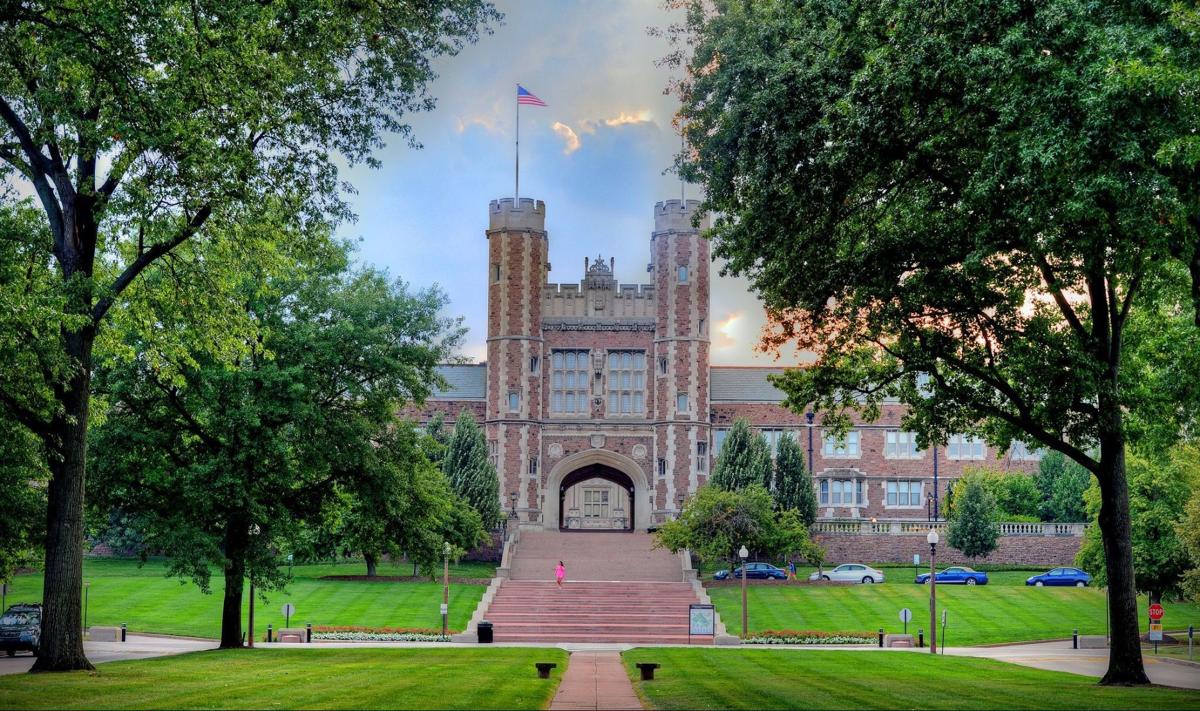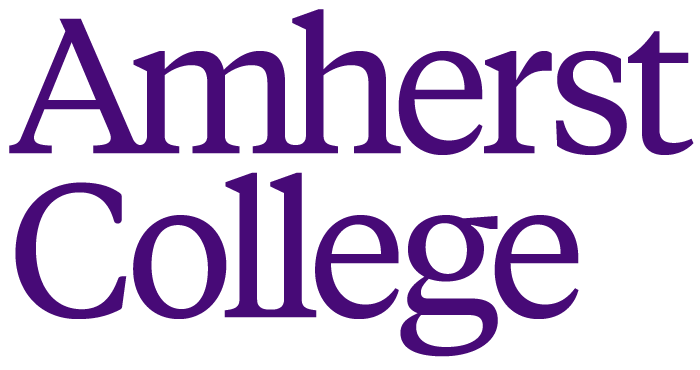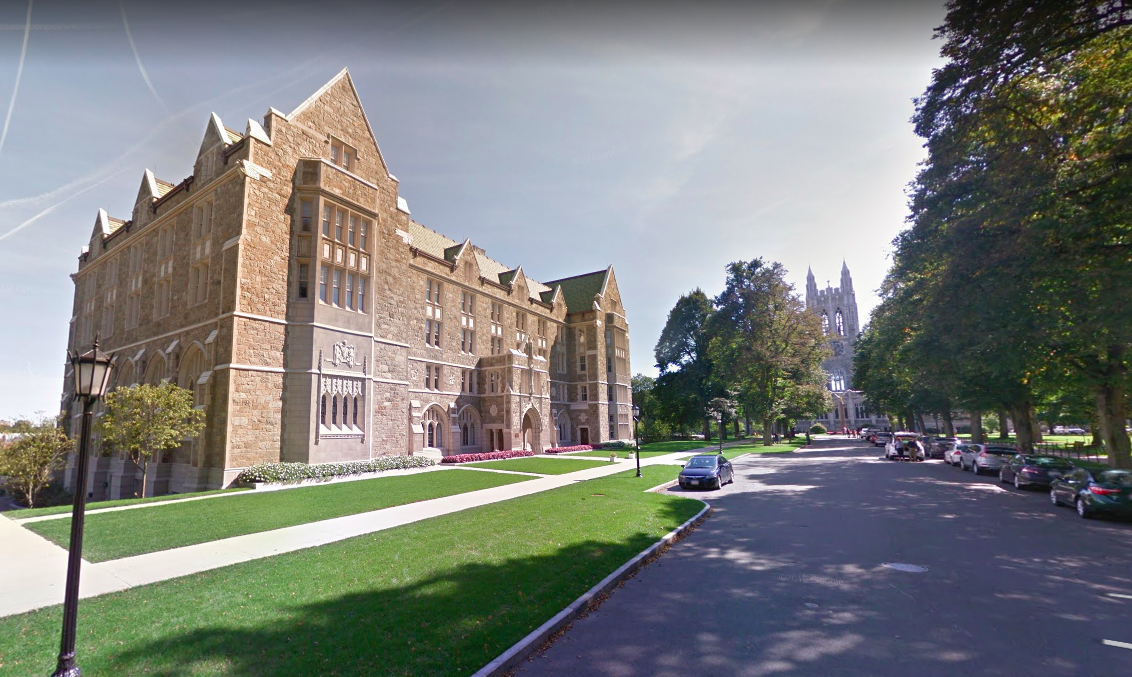
The wait is almost over for high school seniors who applied Regular Decision to Rice University in Houston, Texas.
Rice will release admission, scholarship, and financial aid decisions for each Regular Decision applicant in his or her Rice Admission Student Portal on Monday, March 27 after 5:00 p.m. Central Time.
Dr. Yvonne M. Romero da Silva, Rice’s Vice President for Enrollment, encourages every Regular Decisions applicant to log in to their portal ahead of Monday’s release to ensure ease of access, and if a student should have any problem logging in, he or she should contact the admissions office at [email protected] for assistance.
Rice University is a private research university located in Houston, Texas. It was founded in 1912 and has since become known for its strong focus on undergraduate education, innovative research, and world-class faculty. With an undergraduate enrollment of around 4,250 students, Rice University is a small, tight-knit community that offers a highly personalized educational experience. The university has consistently been ranked among the top 20 national universities by U.S. News & World Report and is known for its excellent programs in engineering, natural sciences, social sciences, and humanities.
The university’s campus spans 300 acres and features a mix of modern and historic buildings, including some designed by renowned architects such as Michael Graves and Philip Johnson. In addition to its academic programs, Rice University is home to a variety of research centers and institutes, including the Baker Institute for Public Policy, the Kinder Institute for Urban Research, and the Ken Kennedy Institute for Information Technology. The university is also home to numerous cultural and recreational facilities, such as the Moody Center for the Arts, the Rice Media Center, and the Rice University Art Gallery.
Good luck to those who’ve applied to Rice’s Class of 2027.



 This isn’t the week to be a high school student. Statewide assessment is going on across the country, and thanks to social distancing policies, at least some students are taking the ACT on gym bleachers, six feet apart, straddling a wooden plank across their legs and using it as a desk. Among other things, the results of this ACT will be used in some states to decide which students get merit scholarship money.
This isn’t the week to be a high school student. Statewide assessment is going on across the country, and thanks to social distancing policies, at least some students are taking the ACT on gym bleachers, six feet apart, straddling a wooden plank across their legs and using it as a desk. Among other things, the results of this ACT will be used in some states to decide which students get merit scholarship money.
 Boston College will notify Regular Decision applicants of their admissions decisions via email on Thursday evening, March 19, 2020. Admitted students in the United States will be mailed acceptance packets in the days that follow. Admitted students with permanent addresses overseas, and those not earning admission, will receive email notifications only.
Boston College will notify Regular Decision applicants of their admissions decisions via email on Thursday evening, March 19, 2020. Admitted students in the United States will be mailed acceptance packets in the days that follow. Admitted students with permanent addresses overseas, and those not earning admission, will receive email notifications only.